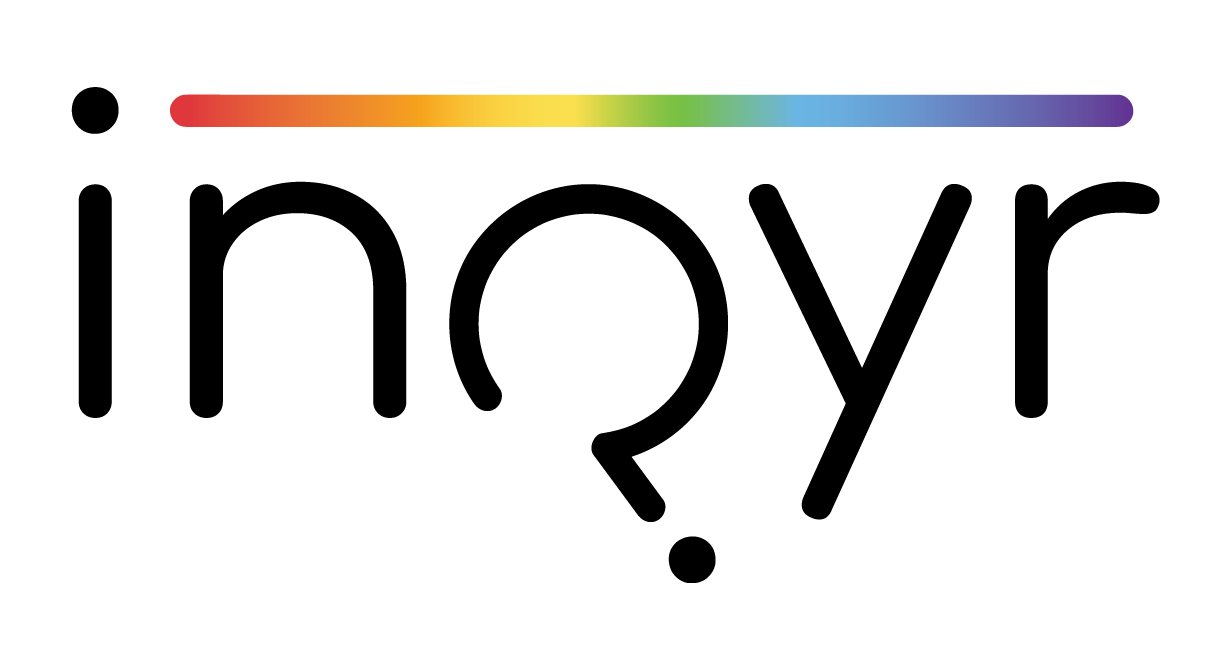Canada Regional Network
The ON Study explored LGBTQ+ young peoples’ daily experiences online, particularly the negativity and discrimination regularly encountered. Over 1,804 LGBTQ+ youth, aged 14-24, responded to the survey, coming from Canada, the US, and the UK. The survey consisted of closed-choice, short answer, and open-ended questions and incorporated the use of digital vignette scenarios to explore how online micro-aggressions impact psychological, emotional, physical, and social well-being.
The research was used to better understand what was happening to LGBTQ+ youth online, and to help develop supports for those struggling with the hostility they experience.
Example of digital vignette used in study
Publications
Lauren B. McInroy & Oliver W. J. Beer (2021) Adapting vignettes for internet-based research: eliciting realistic responses to the digital milieu, International Journal of Social Research Methodology, DOI: 10.1080/13645579.2021.1901440
This paper presents an illustrative example of a digital vignette scenario simulating social media in a mixed-methods, online survey study with lesbian, gay, bisexual, transgender, queer, intersex, asexual, and other sexual and/or gender minority (LGBTQIA+) youth (age 14–24).
Shelley L. Craig, Andrew D. Eaton, Lauren B. McInroy, Sandra A. D’Souza, Sreedevi Krishnan, Gordon A. Wells, Lloyd Twum-Siaw & Vivian W. Y. Leung (2020) Navigating negativity: a grounded theory and integrative mixed methods investigation of how sexual and gender minority youth cope with negative comments online. Psychology & Sexuality, 11(3), 161-179. doi: 10.1080/19419899.2019.1665575
IcInroy, L. B., Beer, O. W., Scheadler, T. R., Craig, S. L., & Eaton, A. D. (2023). Exploring the psychological and physiological impacts of digital microaggressions and hostile online climates on LGBTQ+ youth. Current Psychology, 1-11. doi.org/10.1007/s12144-023-04435-1

Behind the scenes
The INQYR Rainbow Road: Living Timeline includes a detailed timeline of the ON study, featuring many "behind the scenes" interviews with researchers. It also includes a study simulation, allowing visitors to experience the digital vignette and witness some of the answers youth provided in response. Shared with consent.


